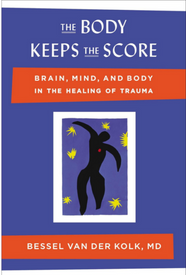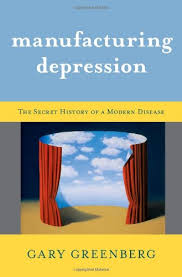- Moody Gem

- Jul 10, 2020
- 1 min read
Updated: Aug 14, 2020
July is BIPOC Mental Health Awareness Month. I wanted to share my story with you all and provide more insight into the mental illness I struggle with.
This is the first installment of a limited series. This video focuses on the diagnoses and criteria from the perspective of a dysthymic person. Please ask questions and leave comments if you feel so inclined!
Dysthymia:
In the American Psychiatric Association’s Diagnostic and Statistical Manual, Fifth Edition (DSM-5), persistent depressive disorder (dysthymia) represents a consolidation of DSM-IV-defined chronic major depressive disorder and dysthymic disorder. [1] Persistent depressive disorder is a depressive mood disorder characterized by a chronic course and an early and inisidious onset (i.e., in childhood, adolescence, or early adulthood). Early onset (i.e., before age 21) is associated with higher risk for comorbid personality disorders and substance use disorders.
Although dysthymia was traditionally considered less severe than major depression, the consequences of dysthymia are increasingly recognized as grave; they include severe functional impairment, increased morbidity from physical disease, and increased risk of suicide.
Resources:
https://www.samhsa.gov/find-help/nati...
https://www.facebook.com/CopingWithDy...
https://therapyforblackgirls.com/podc...
https://cdn.website-editor.net/30f111...
(The DSM V in electronic format)
Media & Books About Dysthymia

If you or someone you know is seeking help for mental health concerns, visit the National Alliance on Mental Health (NAMI) website, or call 1-800-950-NAMI(6264). For confidential treatment referrals, visit the Substance Abuse and Mental Health Services Administration (SAMHSA) website, or call the National Helpline at 1-800-662-HELP(4357). In an emergency,
contact the National Suicide Prevention Lifeline at 1-800-273-TALK(8255) or call 911.















